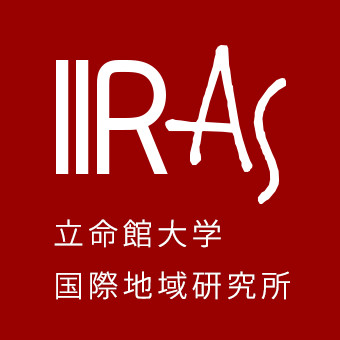【Report】Summary of the seminar delivered by Ken Ohnishi and Katsuyoshi Kiyooka
14 November 2024
Compellence and Nuclear Weapons and Defence Industrial Strategy
In this seminar, two speakers from the National Institute for Defence Studies (NIDS), Dr. Ken Ohnisi and Mr. Katsuyoshi Kiyooka, discussed two topics relating to international defence and security. NIDS is a think-tank affiliated with the Ministry of Defence of Japan. Dr. Ohnishi started with a presentation on compellence and nuclear weapons. The topic is considered timely as there have been renewed interest in nuclear weapons, marked by the use of nuclear threats by Russia towards Ukraine and ongoing nuclear weapons development by North Korea. He first introduced the concept of compellence, understood as the process of coercing the adversary to comply with a specific course of action under the threat of force. Compelling an adversary aims to change their behaviour by manipulating the cost-benefit calculation. However, nuclear compellence is often complicated due to credibility problems. The adversary might not consider the threat to use nuclear weapons as credible enough, which lessens the value of the threat. So, the question is under what conditions does nuclear compellence work? To answer the question, Dr. Ohnishi presented a comparative study of five different incidents of nuclear compellence. The results of the study were still inconclusive, however, as it compared around fourteen different variables, the study was still valuable to advance our understanding of how nuclear compellence works. Following Dr. Ohnishi, Mr Kiyooka presented on the development of defence industrial strategy. He started with highlighting the recent phenomenon of developed countries, such as the United States and the United Kingdom, releasing National Defence Industrial Strategy documents, which are government documents outlining strategies for developing the defence industries. Why now? Mr Kiyooka then explained the relationship between the defence industry and government as customer, sponsor, and regulator. However, the character of the relationship has varied over time. Using the United States, the UK, and France as examples, the relationship has fluctuated between nationalisation and privatisation. Currently, there is a trend towards nationalisation. Since the 1990s, defence industries were generally leaning towards privatisation due to government budget cuts, resulting in a leaner industry. However, having a leaner industry meant that it would be more vulnerable to supply chain shocks and other disruptions. Starting from the 2010s, the state started investing more in defence industries to make them more resilient and to invest in future technologies. Thus, National Defence Industrial Strategy documents were published as a means to communicate the objectives of and guidelines for government spending in defence industries.
During the question-and-answer session, participants asked various questions about the presentation and the work of NIDS. On the presentation, participants asked about the impact if nationalisation of defence industries on lower-income countries. There were also questions on how to code the dataset of nuclear compellence incidents. On the work of NIDS, some participants asked about the character of the work and what to expect when working in a think-tank.


